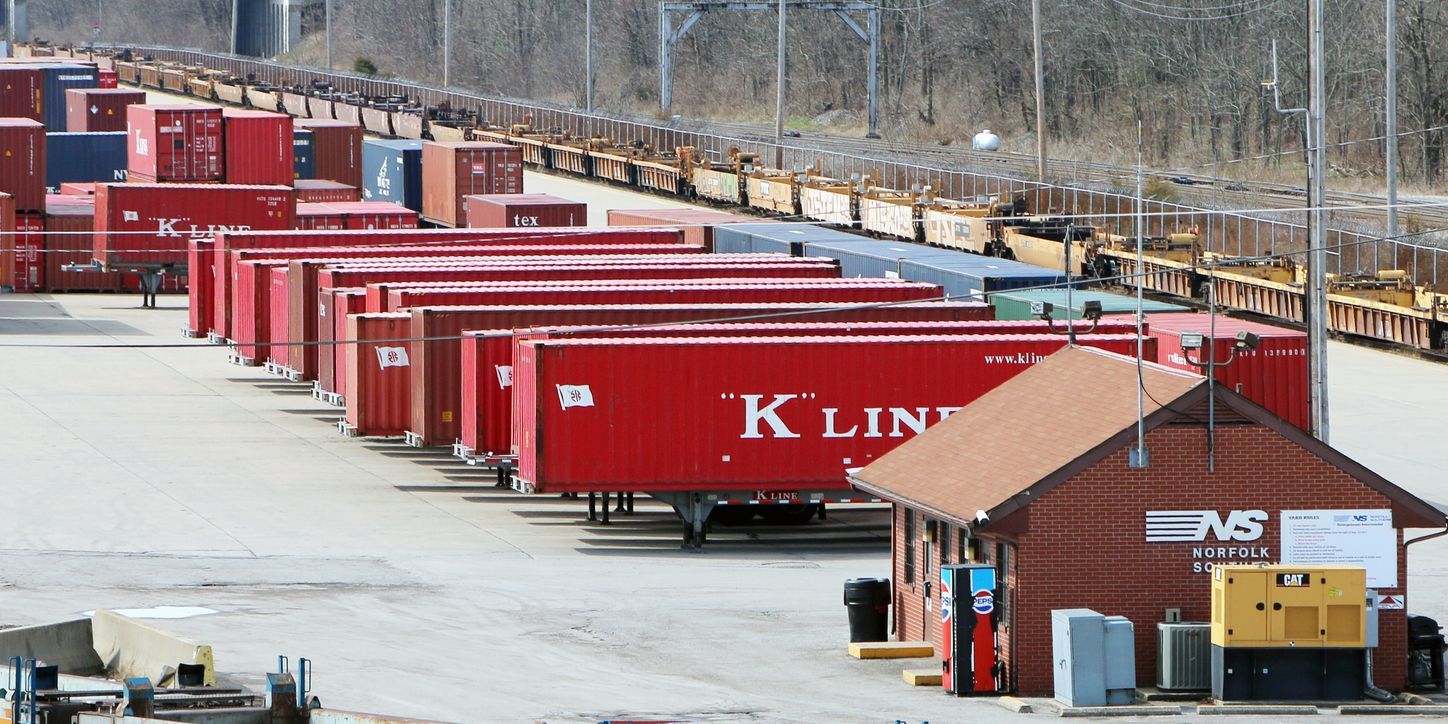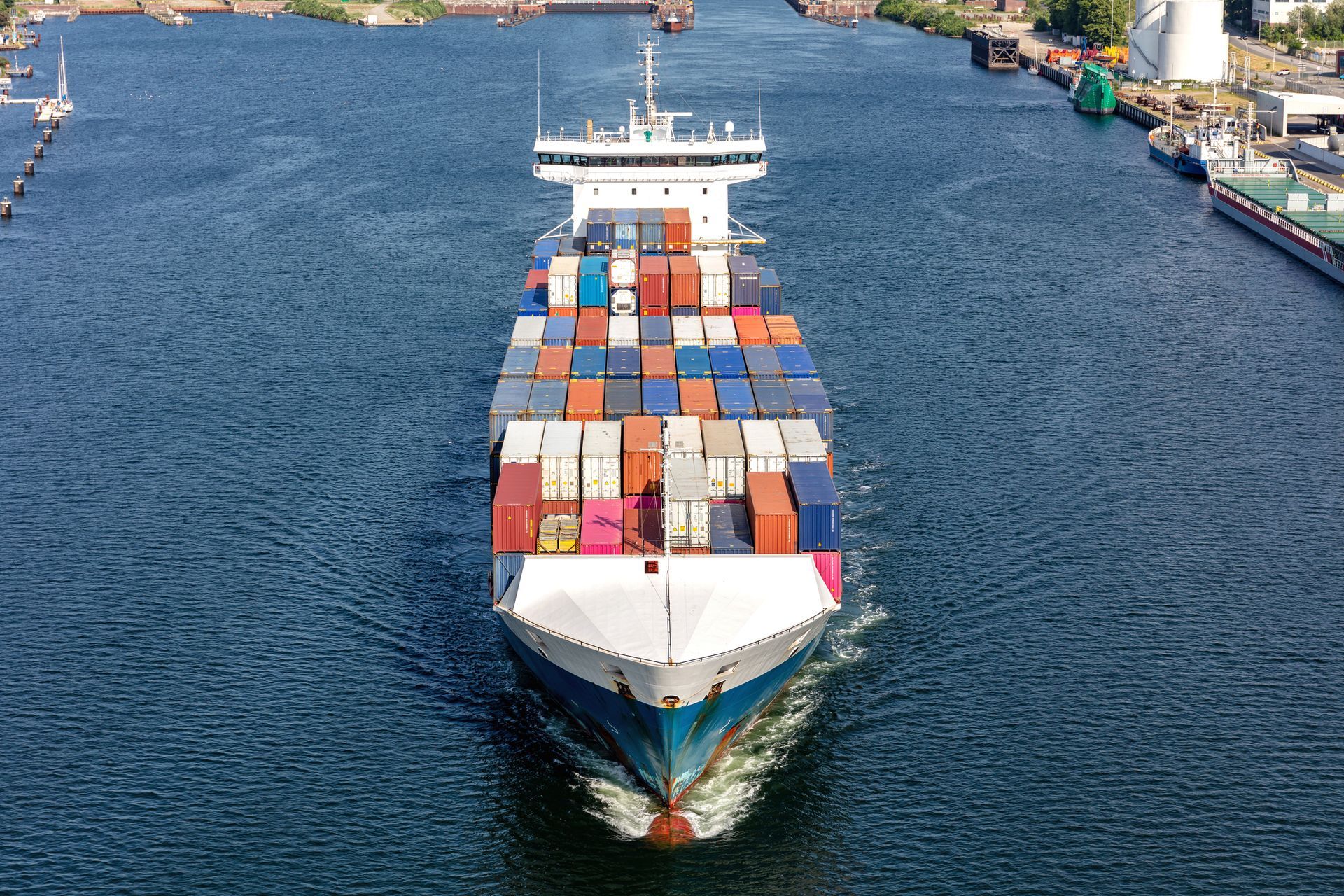
Choosing the appropriate transportation mode is one of the most strategic decisions in international business logistics. This selection directly impacts cost, delivery time, and even cargo security.
For freight forwarders and shipping agents, the responsibility goes beyond merely moving goods; it’s necessary to ensure that this process occurs efficiently, safely, and at the best cost-benefit ratio.
In this article, we will explore the concept of transportation modes, their importance in logistics, and how freight forwarders can make informed decisions when selecting the ideal mode for their operations.
What Is a Transportation Mode?
A transportation mode refers to the means used to move goods or people from one point to another. In the context of logistics, this includes road, rail, maritime, air, and pipeline transportation.
Each mode has its specific characteristics and is suitable for different types of cargo and distances. For example, road transportation is widely used in Brazil due to its flexibility and extensive road network, responsible for transporting approximately 75% of goods in the country.
In addition to road transport, rail transportation is an interesting alternative for large volumes and long distances, offering lower costs compared to road transportation. Air transportation, on the other hand, is ideal for high-value cargo and urgent deliveries, although the cost is significantly higher.
Maritime transportation is preferred for bulky and intercontinental cargo, offering an excellent cost-benefit ratio, especially for large volume freights. Finally, pipeline transportation specializes in moving liquids, such as oil and gas, through pipelines.
What Is the Relevance of Transportation Modes for Logistics?
Transportation modes play a crucial role in logistics, responsible for ensuring that goods are delivered efficiently and within the established timeframe. The correct choice of mode can reduce operational costs and improve the overall efficiency of the supply chain.
Flexibility, security, and speed are factors that vary according to the chosen mode, directly influencing the quality of service provided to the customer.
For example, road transportation, while more flexible, may incur higher costs and greater risks due to road conditions and susceptibility to theft. Rail transportation, less utilized in Brazil, is highly efficient for long distances and large volumes but depends on a robust infrastructure that is often limited.
Air transportation, due to its speed, is crucial for urgent deliveries, but its high cost limits its use to high-value goods or those with a critical need for delivery.
Furthermore, choosing an inefficient mode can impact cargo safety. Modalities like maritime transportation offer greater capacity for transporting large volumes with less risk of damage, provided the cargo is properly packaged and handled.
The integration of modes (intermodality) also allows freight forwarders to combine the advantages of different types of transportation, enhancing efficiency and reducing logistics costs.
How to Choose the Type of Transportation Mode?
For freight forwarders and shipping agents, selecting the transportation mode involves a careful analysis of factors such as cargo volume, distance, urgency, and cost. Each logistics operation has specific needs, and it is up to the agent to determine which mode best meets those demands.
Volume, weight, and value of the cargo are two of the first aspects to be analyzed. For heavy and bulky cargo, rail and maritime modes are usually the best options, as they allow for the transportation of large quantities at a lower cost per unit.
Conversely, smaller and lighter cargo can be transported via road or air modes, depending on the urgency of the delivery.
Another important factor is the distance to be traveled. For short routes, road transportation may be more efficient and agile, while long distances may be better served by rail or maritime transportation.
The urgency of delivery also directly influences the choice of mode. Air transportation, for example, is the best option for quick deliveries, but the high cost must be justified by the need for speed.
Additionally, the type of cargo being transported must be considered. Perishable, dangerous, or special condition cargo, such as temperature-controlled goods, requires specific modal equipment to ensure product integrity throughout the journey.
Maritime transportation, for instance, offers the possibility of using refrigerated containers (reefers) to keep food and perishable products in proper conditions.
Finally, freight forwarders must also evaluate the costs associated with each mode, which can vary based on location, time of year, and available infrastructure. A detailed analysis of total costs, including freight, fees, taxes, and insurance, is essential to ensure the financial viability of the operation.
Maritime Transportation: When Is It Indicated?
Maritime transportation is a strategic choice for companies that need to transport large volumes of goods over long distances, especially in international operations.
Approximately 90% of Brazilian exports utilize maritime transportation, demonstrating its relevance for foreign trade. This type of transportation offers one of the best cost-benefit ratios, particularly for heavy and large cargo, such as machinery, vehicles, chemicals, and grains.
One of the main advantages of maritime transportation is its flexibility regarding the type of cargo being transported. It allows for the shipment of cargo in containers of various sizes and enables the transportation of bulk cargo and large projects, such as pipelines and industrial equipment.
Additionally, container sharing (LCL - Less than Container Load) is an excellent alternative for companies that do not have enough volume to fill a container, sharing freight costs with other companies.
However, maritime transportation has its limitations, especially concerning delivery time. Sea transport is usually slower compared to road and air modes.
Therefore, it is more suited for companies that can plan ahead and do not have urgent delivery requirements. Additionally, port infrastructure and available trade routes are factors that can influence the decision to opt for maritime transport.
Another important feature of maritime transportation is the security it provides for transporting large goods. Although transit time is longer, the risk of damage to cargo is lower, provided that the packaging and stowage of containers are done correctly.
Finally, maritime transportation is also recommended for companies seeking a more economical solution, especially compared to air freight, which has high costs per kilogram transported.
Continue a navegar no blog da Allink

Mantenha-se informado sobre o comércio exterior
Assine nossa newsletter e receba atualizações semanais de forma gratuita sobre o mundo da logística.




